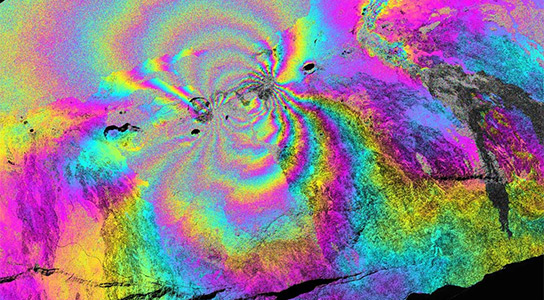
Color-enhanced UAVSAR interferogram images of Hawaii’s Kilauea volcano. Credit: NASA/JPL-Caltech
The Uninhabited Aerial Vehicle Synthetic Aperture Radar (UAVSAR), developed by the Jet Propulsion Laboratory, returned to Hawaii to study the Kilauea volcano. Mounted under NASA’s G-III research aircraft, the UAVSAR will collect detailed radar data of Hawaii’s most active volcano from an altitude of 41,000 feet.
An airborne radar developed by NASA’s Jet Propulsion Laboratory, Pasadena, California, has returned to Hawaii to continue its study of Kilauea volcano, Hawaii’s current most active volcano.
The Uninhabited Aerial Vehicle Synthetic Aperture Radar, or UAVSAR, mounted in a pod under NASA’s G-III research aircraft from NASA’s Dryden Flight Research Center, Edwards, California, returned to Hawaii’s Big Island on January 7, 2012. The one-week airborne campaign will help scientists better understand processes occurring under Earth’s surface at Kilauea.
UAVSAR uses a technique called interferometry that sends pulses of microwave energy from the sensor on the aircraft to the ground to detect and measure very subtle deformations in Earth’s surface.
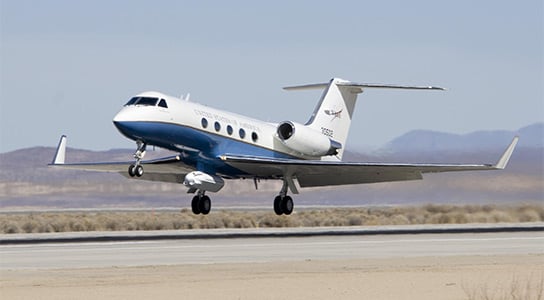
NASA’s Gulfstream-III research testbed with the UAV synthetic aperture radar pod under its belly lifts off from the Edwards Air Force Base runway. Credit: NASA/Tom Tschida
The radar will collect data over Kilauea from an altitude of about 41,000 feet (12,500 meters). The UAVSAR’s first data acquisition over this region took place in January 2010. Assisted by a Platform Precision Autopilot designed by engineers at NASA’s Dryden Flight Research Center, flights over the volcano were repeated in May 2011. Those two sets of observations successfully imaged the surface deformation caused by the March 2011 fissure eruption in Kilauea’s east rift zone.
Flights this month will trace the same path as the two previous years to measure deformation of the volcano since the March 2011 eruption and as part of future studies of the volcano’s changing deformation patterns due to volcanic activity.
The aircraft will be based at Kona International Airport while in Hawaii. It is scheduled to return to NASA’s Dryden Aircraft Operations Facility in Palmdale, California, on January 15, 2012.

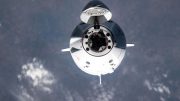
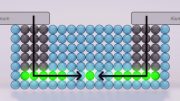
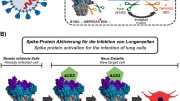
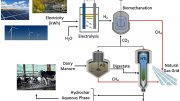
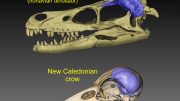



good thanks for this